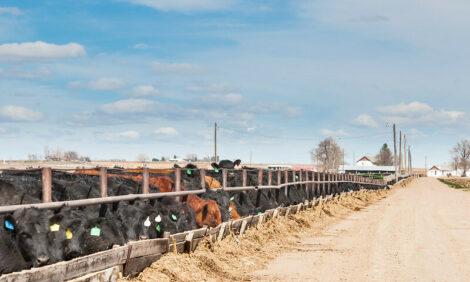



New Software from CIRAD Aims to Cut Antibiotic Use
FRANCE - A team from CIRAD has developed a software capable of identifying some of the proteins involved in triggering bacterial infections. This innovation has significant potential in terms of therapeutic approaches, and in particular would make it possible to overcome resistance to antibiotics in bacteria.Emerging animal and zoonotic diseases cause heavy losses each year on livestock farms, and are a growing risk in terms of human health. With a view to controlling such diseases more effectively, a team from CIRAD developed the S4TE® software (pronounced "satay"). It serves to identify a certain type of proteins – type IV effector proteins – that are secreted by bacteria and play a crucial role in infection.
In the arms race between pathogenic bacteria and their hosts, bacteria have developed many bacterial protein secretion systems. These proteins disrupt cell functioning, which causes disease. However, the molecular mechanisms involved in these early stages of invasion are still unclear for many intracellular pathogenic bacteria.
Using this new software, researchers have been able to compile a database of all the type IV protein effectors detected in bacteria whose genome sequence is available online.
This is a novel, precious decision support tool for biologists prior to experimental validation of the role of these proteins in bacterial virulence. Of the virulence proteins identified, some are known, while others had never previously been encountered. An in-depth study of the latter will help target not bacteria directly, but the weapons they use to attack cells.
This is a revolution in terms of therapeutic approaches intended for animals, but also for humans, which in particular would serve to overcome resistance to antibiotics.
TheCattleSite News Desk


